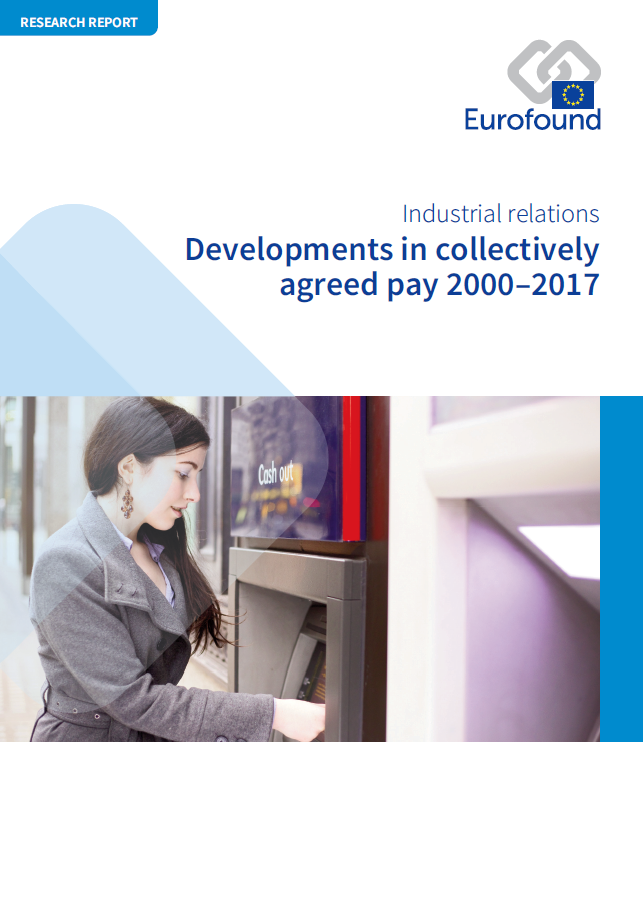
This report examines the development of collectively agreed pay in conjunction with the development of actual compensation (‘wages’) and labour productivity in real terms. It applies both a longer-term perspective (the early 2000s to 2017) and a short-term perspective, with a focus on the outcomes of the most recent bargaining rounds in 2016–2017 as well as on the development of public sector negotiated pay. In most countries with available data (14 EU Member States), there has been a positive wage drift since the early 2000s, indicating that actual wages have grown more than collectively agreed pay. While growth in collectively agreed pay has, by and large, gained momentum in 2017, this has often not translated into growth in real terms due to inflation rates. In fact, 6 out of these 14 countries even saw a decline in collectively agreed pay in real terms.
- Number of pages
-
44
- Reference nº
-
EF18049
- ISBN
-
978-92-897-1750-2
- Catalogue nº
-
TJ-03-18-250-EN-N
- DOI
-
10.2806/313720
- Permalink